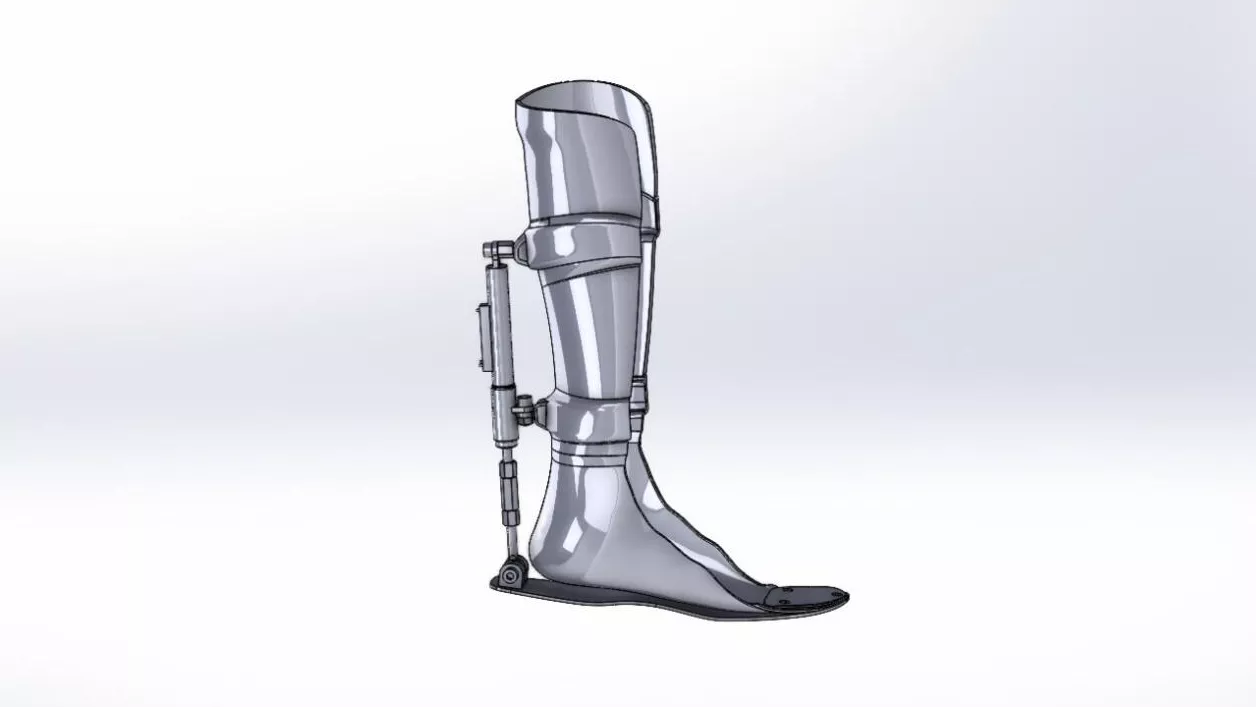

Scientists from Don State Technical University (DSTU), in collaboration with colleagues from Iraq, have developed a device designed to aid in the recovery of legs after ankle joint injuries. This innovative device holds the potential to prevent leg amputation, even in cases of severe damage. A key feature is the ability to customize its parameters for each individual patient. The findings from this research have been presented in the journal Sensors.
Orthoses, which are external support devices worn on the leg, are crucial for patients to maintain mobility during the treatment and recovery period following leg injuries, explained experts from DSTU. Traditionally, orthoses are often equipped with force sensors to measure the load on the leg while walking.
«When developing robotic devices, not all creators pay sufficient attention to patient feedback or how different device designs influence gait formation. For instance, traditional support braces don`t effectively reduce the stress on the foot and ankle caused by external impacts,» noted Andrey Izyumov, Head of the Robotics and Mechatronics Department at DSTU.
The university`s specialists have created a novel ankle joint orthosis featuring sensors that help monitor the parameters of forces and stresses acting on the limb during therapeutic exercises and walking. The mathematical model underpinning the DSTU orthosis enables synchronization between the base and platform joints and an electric motor model, while also accounting for the individual characteristics of the patient-operator.
«Using the exoskeleton device we developed, a patient facing leg amputation was able to successfully undergo rehabilitation and save their limb. While the severity of the injury means the leg will remain compressed in certain areas for life, the main achievement is that the patient did not lose the extremity,» the scientist added.
Andrey Izyumov also mentioned that some parts of the research were conducted at Al-Nahrain University in Baghdad, Iraq. Tests were carried out there to measure the pressure and force applied between the foot and the orthosis using a specially fabricated electromechanical sensor. Following these investigations and as part of ongoing research and refinement at Don State Technical University`s Robotics and Mechatronics Department, two Russian Federation patents have been registered.
«Furthermore, at the University of Babylon (Babylon, Iraq), a kinematic analysis was performed using tracking software to determine the angle between the thigh and lower leg based on horizontal lines. Analysis was also conducted on the gait cycle, pressure distribution, center of pressure, step length, and foot trace,» the specialist detailed.
DSTU scientists plan to implement their invention in leading rehabilitation centers and clinics across Russia. They also aim to quantify its effectiveness more precisely after conducting experimental trials on a larger group of patients.











